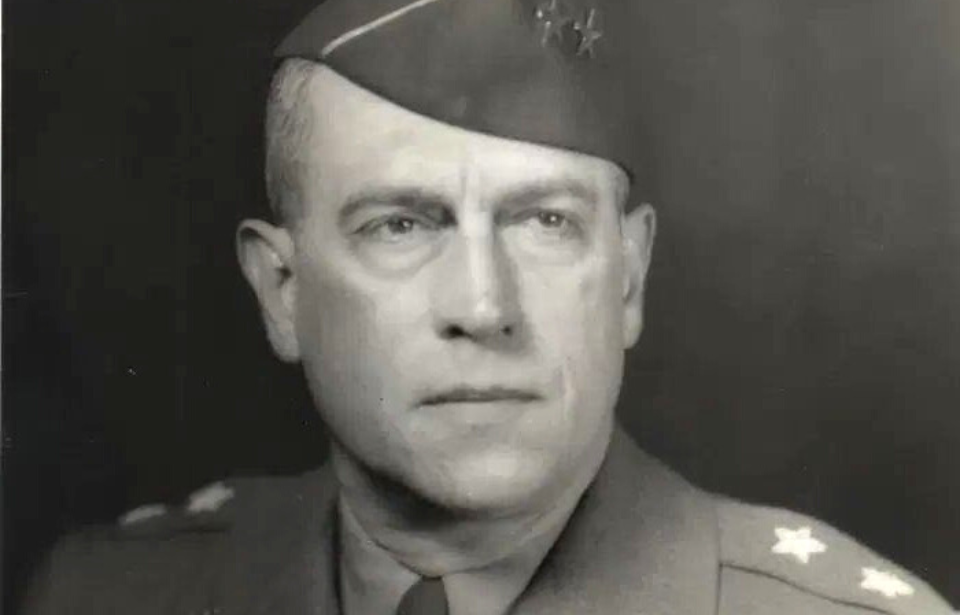Maurice Rose lived through the horrors of the First World War and bravely returned to the battlefield when the global population was plunged into conflict once more. The Jewish major general never lived to see the German surrender in 1945, but his legacy is an inspiration to servicemen and civilians alike.
Maurice Rose was born to serve
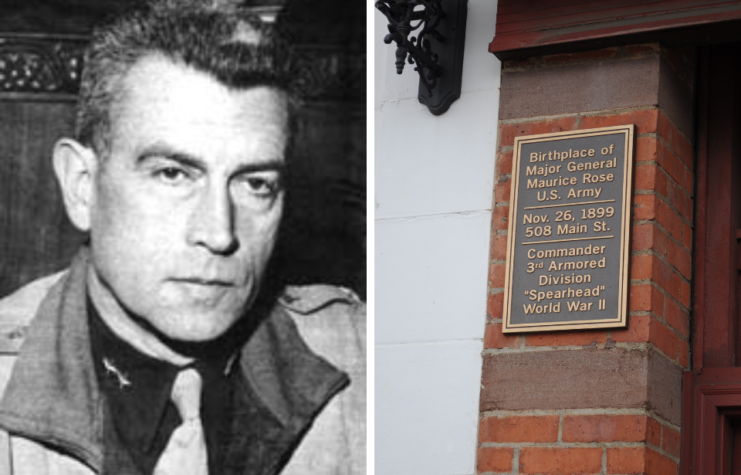
Maurice Rose was born on November 26, 1899 to Samuel and Katherin “Katy” Rose. Intelligent beyond his years, he grew up in Denver, Colorado. According to his high school classmates, he’d always had a dream of serving in the US military, with a cartoon in the school newspaper once depicting him carrying a rifle.
In 1916, the 17-year-old Rose lied about his age to become a private in the Colorado National Guard. He hoped to participate in the Pancho Villa Expedition. However, six weeks after his enlistment, he was discharged when his commander learned his true age.
In 1917, Rose, again, enlisted, this time with his parents’ permission. Similar to before, he lied about his age, this time to become eligible for Officer Candidate School (OCS), graduating four months after the United States entered the First World War. He was commissioned as a US Army Reserve second lieutenant of infantry and given command of a platoon with the 353rd Infantry Regiment, 89th Infantry Division.
Maurice Rose’s service during World War I
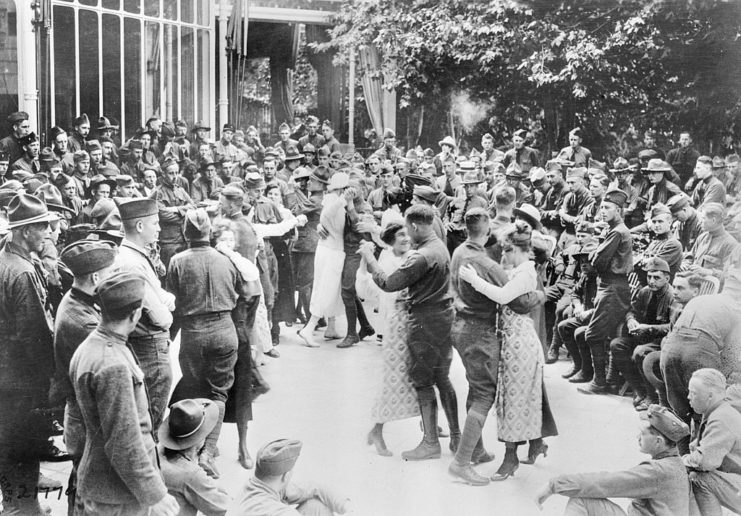
Maurice Rose’s division received additional training while in Europe, before taking up position near Metz, in preparation for the Meuse-Argonne Offensive. During a German artillery barrage, Rose was hit by shrapnel and wounded. Even with his injuries, which included a concussion, he refused to be evacuated. However, he was ultimately removed from the battlefield after collapsing from exhaustion.
Rising up the military ladder during World War II
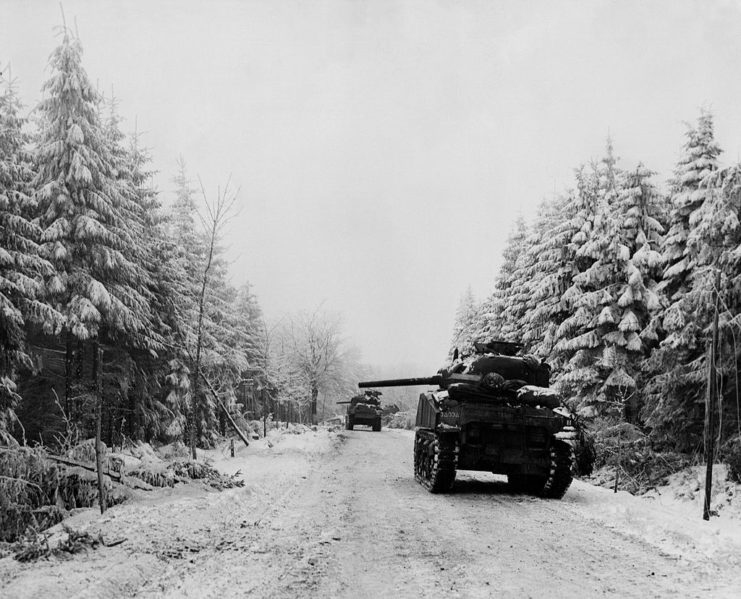
Maurice Rose was assigned to Fort Knox, Kentucky when the US joined the Second World War in 1941. Now a lieutenant colonel, he commanded the 3rd Battalion, 13th Armored Regiment, before being reassigned as the executive officer of the 1st Armored Brigade, 1st Armored Division. One newspaper reporter caught sight of Rose while watching the brigade training and referred to him as “probably the best-looking man in the army.”
Maurice Rose’s senseless death
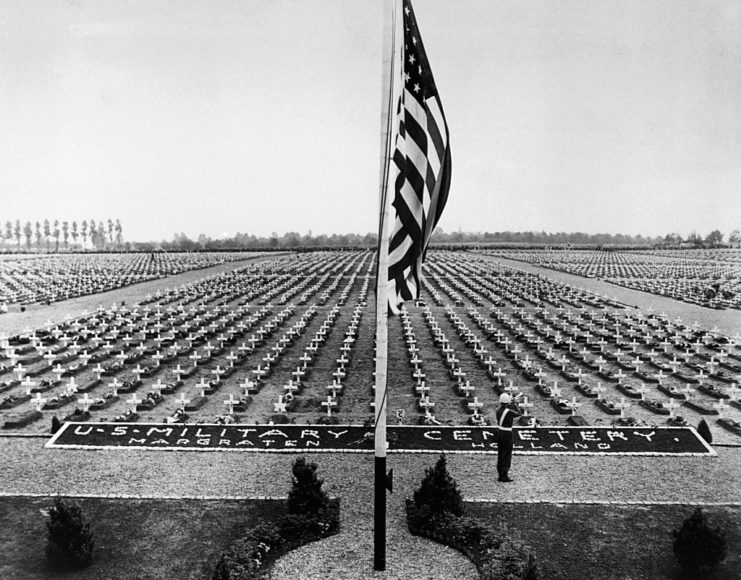
While navigating a forested area outside of Paderborn in northeastern Germany on March 30, 1945, the 3rd Armored Division received reports that the units behind them were being held up by German troops. As they turned around, they were gunned down and surrounded by the SS Panzer Brigade Westfalen.
